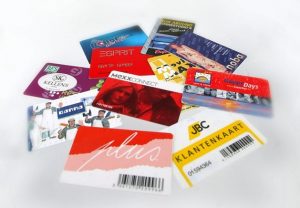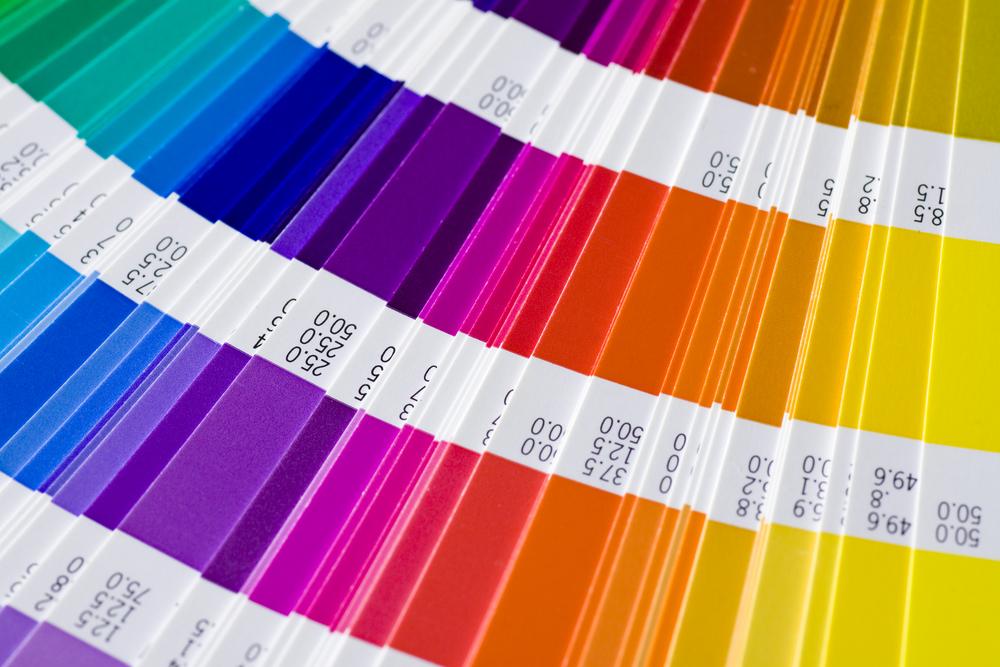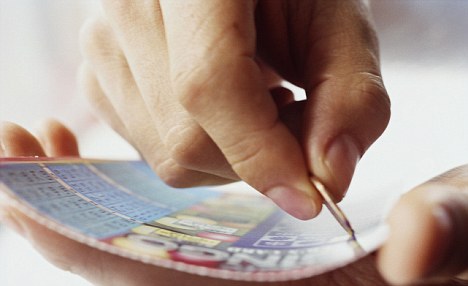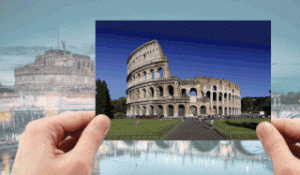 |
Access cards, membership cards, discount cards, subscriptions, loyalty cards: the plastic card is in everyone’s wallet.
We help you stand out from the competition! Imprint, thickness, shape or innovative aspects such as transparency or 3D let you modulate the card to collectors items. Whether for single copies or millions telecom cards or mass distribution in bulk supply. |
Depending on your requirements we can provide the right card by taking your expectations into account …
|
|
Materials |
|
 |
Cardcenter delivers Cards and Badges from different materials. Cards are made from PVC, but also other raw materials can be used for making cards. Such as paper, cardboard, ABS and even Corn.
|
PrintingCards are delivered in white by default where there a printing may be affixed.This printing can consist of 1 or more colors. In a 4-color process printing the 4 basic colours Yellow, Magenta, Cyan and Black are used to generate all colors in a photo or logo. The so-called “YMCK” or “FULL COLOR” printing. |
|
 |
PMS (Pantone Matching System) or pantone colors is a universal and standardized system to appoint colors. The main difference with YMCK colors is that pantone colors are mixed in advance of eight basic colors. While the YMCK color mixing process happens afterwards – in the press.
With pantone colors you have no problems of different colors in your house style because pantone colors are always and everywhere the same. Letterheads, flyers, envelopes and business cards fit nicely together thanks to pantone colors. The color values of the pantone colors are fixed in codes. It doesn’t matter which application program you use when you want to design something. |
 |
A writing panel is interesting if you want the client to sign the card. We see that often on bank cards and visas where a signature is requested in the transaction. Other data such as numbers, names, license plates etc. can be written down. |
 |
A scratch card is often used to hide data such as PIN numbers, lottery numbers, confidential information or quiz questions on certain areas of a card. Hidden information can be revealed by scratching the layer. |
 |
The hot stamp printing technique is a method in which by means of heat and pressure, colored metal foils are used to print images or text on a card.
|
Special cards |
|
 |
Lenticular printing is a printing technique with which one sees a different image according to the angle at which one looks at the printed matter. By changing that angle, the images seem to flow into each other.
The effect is created by looking at the printed matter through a fine lens grating, which is arranged above the images as a ribbed transparent layer. |
 |
With flip cards, two different images are shown by lenticular printing technique, depending on the angle at which one looks at the printed matter. The two images can also be completely different. |
 |
A 3D card shows a 3D image (with depth) by viewing an image with each eye. |
Special shapes |
|
 |
Cards can also be supplied in a special shape or size. A larger card or a card accompanied with a small card against which you can use as keychain. Even a own specified shape and size we can handle for you. |
| > Ask for price |
